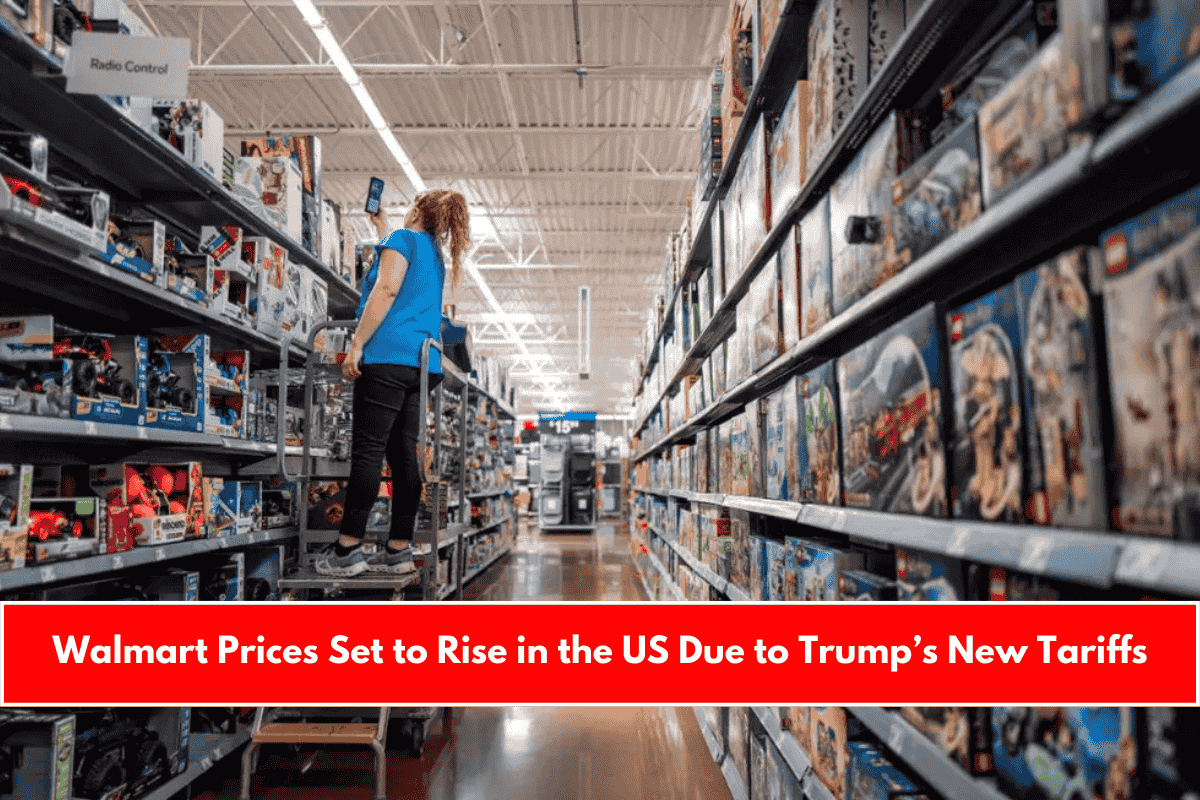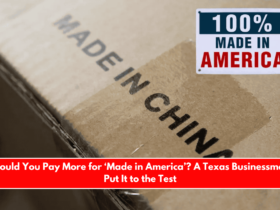American shoppers, especially those who rely on Walmart for daily purchases, should prepare to pay more at checkout. Starting late May and continuing into the summer, Walmart will increase prices on several products. This comes after the recent rollout of President Donald Trump’s global tariffs, which are now affecting many goods sold in the U.S.
With rising costs of imports, Walmart has announced that it will begin passing on some of the burden to customers. Let’s understand how these changes will affect prices, which products are impacted, and what Walmart plans to do in response.
When Will Prices Start Increasing at Walmart?
According to Walmart’s Chief Financial Officer, John David Rainey, price increases will begin towards the end of May 2025, with more expected in June and the rest of the summer. These hikes are a direct response to the tariffs on imported goods, especially from countries like China, Colombia, and Peru.
Walmart shoppers can expect to notice gradual price jumps over the next few weeks and months.
Which Products Are Affected by the Tariffs?
Walmart CEO Doug McMillon shared that the 145% tariffs on Chinese imports have hit toys and electronics the hardest. These categories are likely to see the sharpest price increases.
In addition, some food items and natural goods imported from countries like Colombia, Costa Rica, and Peru are also expected to become more expensive. This includes:
- Coffee
- Avocados
- Bananas
- Roses
The price of globally sourced products could rise by 5% to 7% by the end of the year.
Other companies like Mattel, Adidas, and Procter & Gamble, which also sell their products at Walmart, have either already increased prices or are planning to do so soon.
How Is Walmart Responding?
Despite the challenging situation, Walmart says it will do everything it can to minimize the impact on its customers.
McMillon said during an earnings call that the company is trying to absorb some of the added costs wherever possible, especially when it comes to food. “We will do our best to control what we can control in order to keep food prices as low as possible,” he assured.
Walmart is also working with suppliers to find alternatives. For example, some suppliers are now shifting from aluminum (which has tariffs) to fiberglass (which doesn’t). The goal is to avoid raising prices too much by switching to cheaper or non-tariffed materials.
Walmart’s merchandising and sourcing teams are exploring all possible ways to handle this situation creatively.
Walmart’s Sales Remain Strong Despite Challenges
Even with the tariff situation and rising global costs, Walmart has shown strong financial performance.
In the first quarter of this year, the company reported a 4.5% increase in sales at its physical U.S. stores. Online sales also made a profit, showing that customers continue to shop actively both in-store and online.
Walmart earned a huge $165.6 billion in revenue during the first quarter, proving that it remains one of the most successful retailers in the country.











Leave a Reply